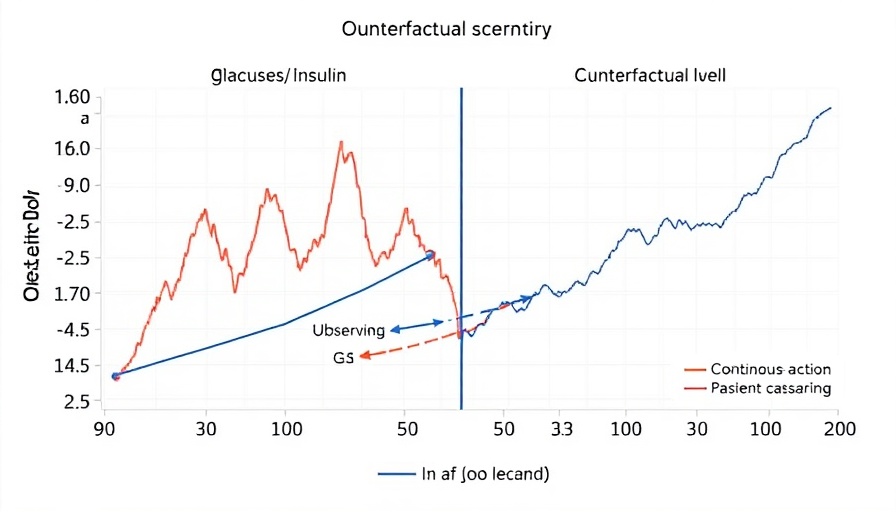
A Bold Vision for America's AI Leadership
OpenAI’s ambitious “Economic Blueprint” lays out a transformative path for AI development in the United States. Central to this vision is the assertion that there are approximately $175 billion in global funds ready for investment in AI projects. This claim poses a critical question: Will the U.S. secure this funding, or will it slip into China’s hands?
Understanding the AI Economic Zones
A key element of OpenAI's strategy is the establishment of AI economic zones—specific regions designed for targeted AI development. These zones will not only foster innovation but also serve as hubs of collaboration between researchers and local industries, generating breakthroughs that are tailored to meet market demands. Imagine Silicon Valley-like ecosystems emerging in various states, fueling the economy while simultaneously securing America’s leadership in AI.
The Need for a National AI Infrastructure Highway
In addition to specialized zones, OpenAI proposes a “National AI Infrastructure Highway,” designed to power communication and data demands of advanced AI technologies. This infrastructure could redefine how AI capabilities are expanded, enabling greater data processing speed, accessibility, and efficiency across sectors. Such a highway would pave the way for a more integrated approach to AI, supporting innovations that have the potential to reshape industries.
Strategic Timing Amid Political Changes
As new policies unfold with a fresh administration, OpenAI’s initiative comes at a critical juncture. Experts like Paul Roetzer highlight the urgency; relationships and strategies must be cultivated within current political landscapes. By positioning itself now, OpenAI aims to influence the AI agenda before policies solidify, ensuring that the U.S. remains a primary player in AI developments.
The Employment Impact of AI Infrastructure
OpenAI argues that the massive expansion of data centers across the country will not only elevate America’s AI standing but also create substantial employment opportunities. Each data center, projected to require significant construction and operational resources, could generate around 14,000 jobs during its buildup and 4,000 operational roles thereafter. Such opportunities could invigorate local economies while reinforcing communities’ ties to technological advancement.
Challenging the Assumptions Behind $175 Billion
Though impressive, the $175 billion figure warrants scrutiny. It stems from various reports, including an original analysis sourced from OpenAI's own document “Infrastructure Is Destiny.” Roetzer emphasizes the need for caution—this figure might be inflated or possibly understated, underscoring the importance of understanding the robustness of such economic claims. Regardless, OpenAI has leveraged this notion as a backbone for its economic argument, pushing for proactive measures in AI funding.
 Add Row
Add Row  Add
Add 




Write A Comment